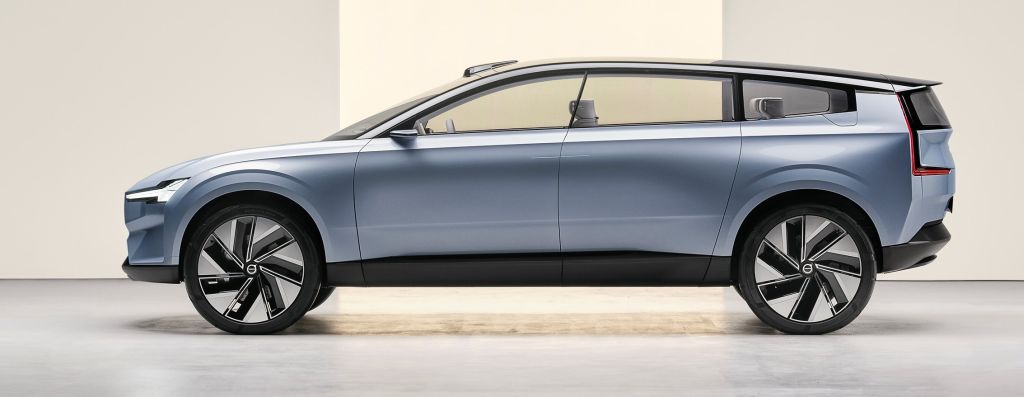GOTHENBURG: Volvo is re-imagining the car without an internal combustion engine. The result is the electric Concept Recharge, labelled a manifesto for Volvo Cars’ future.
With the Concept Recharge, Volvo is outlining the steps it will take in all areas of pure electric car development to reduce its cars’ and its overall carbon footprint.
As it has said many times before, it plans to sell only fully electric cars by 2030 and aims to be a climate neutral and circular business by 2040.
It plans to use sustainable materials inside the car, equipping it with tyres from recycled and renewable material, improving aerodynamics and through other measures.
When combining those steps with the use of clean energy throughout a decarbonised supply chain, manufacturing process and use phase of the car, Volvo said it can reduce a car's lifecycle CO2 impact by 80 per cent versus a 2018 Volvo XC60.
This would mean that the Concept Recharge would have an overall life cycle CO2 impact below 10 tonnes, when charged with 100 per cent renewable energy.
The Concept Recharge feature special tyres made by Pirelli, which are completely free from mineral oil and are made from 94 per cent fossil-free materials, including recycled and renewable materials like natural rubber, bio-silica, rayon and bio-resin.

The car takes the classic SUV shape and improves airflow to increase range, while offering the incredible space opportunities that comes naturally with an electric car and its lower floor.
It incorporates innovative aerodynamic features such as exterior design details that smooth the airflow, a new wheel design, a lower roof, and a more upright rear end.
On the exterior, the front and rear bumpers as well as the sill moldings also consist of flax composite. Using a flax composite both inside and out in this way results in a significant reduction of plastics used.
The interior design boast the use of sustainable materials.
Responsibly sourced Swedish wool is transformed into fully natural breathable cloth, free from additives. This warm and soft material is used in the seat backrest and instrument panel top. Meanwhile, the floor and lower doors are covered by a rich carpet of 100 per cent wool.
The seat cushions and touch surfaces on the door are made from an environmentally responsible material that contains Tencel fibres from cellulose. This fabric is said to have durable strength and is soft to the skin.
By using Tencel fibres, which have been produced through a highly water- and energy-efficient process, Volvo designers can reduce the use of plastics in interior parts.
The seat backs and headrests, as well as part of the steering wheel, use a new material created by Volvo Cars called Nordico. It is soft material made from bio-based and recycled ingredients that come from sustainable forests in Sweden and Finland, providing a CO2 footprint that is 74 per cent lower than leather.
Elsewhere in the interior, including in the lower storage areas, back of the headrest and the footrest, the Concept Recharge uses a flax composite, developed by Volvo Cars in collaboration with suppliers.
It uses fibres from the linseed plant, which are mixed with composites to provide a strong and lightweight, yet attractive and natural aesthetic.












